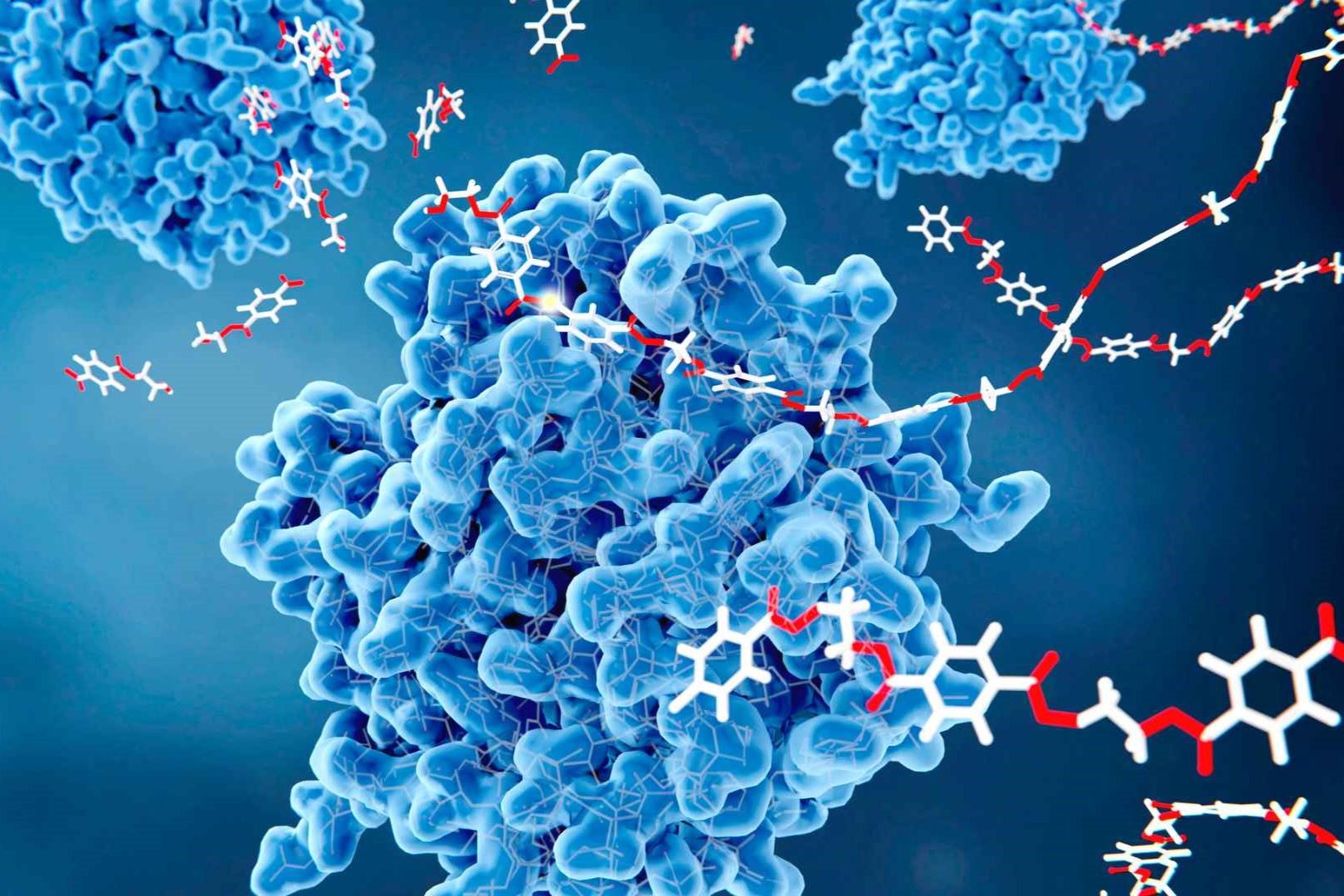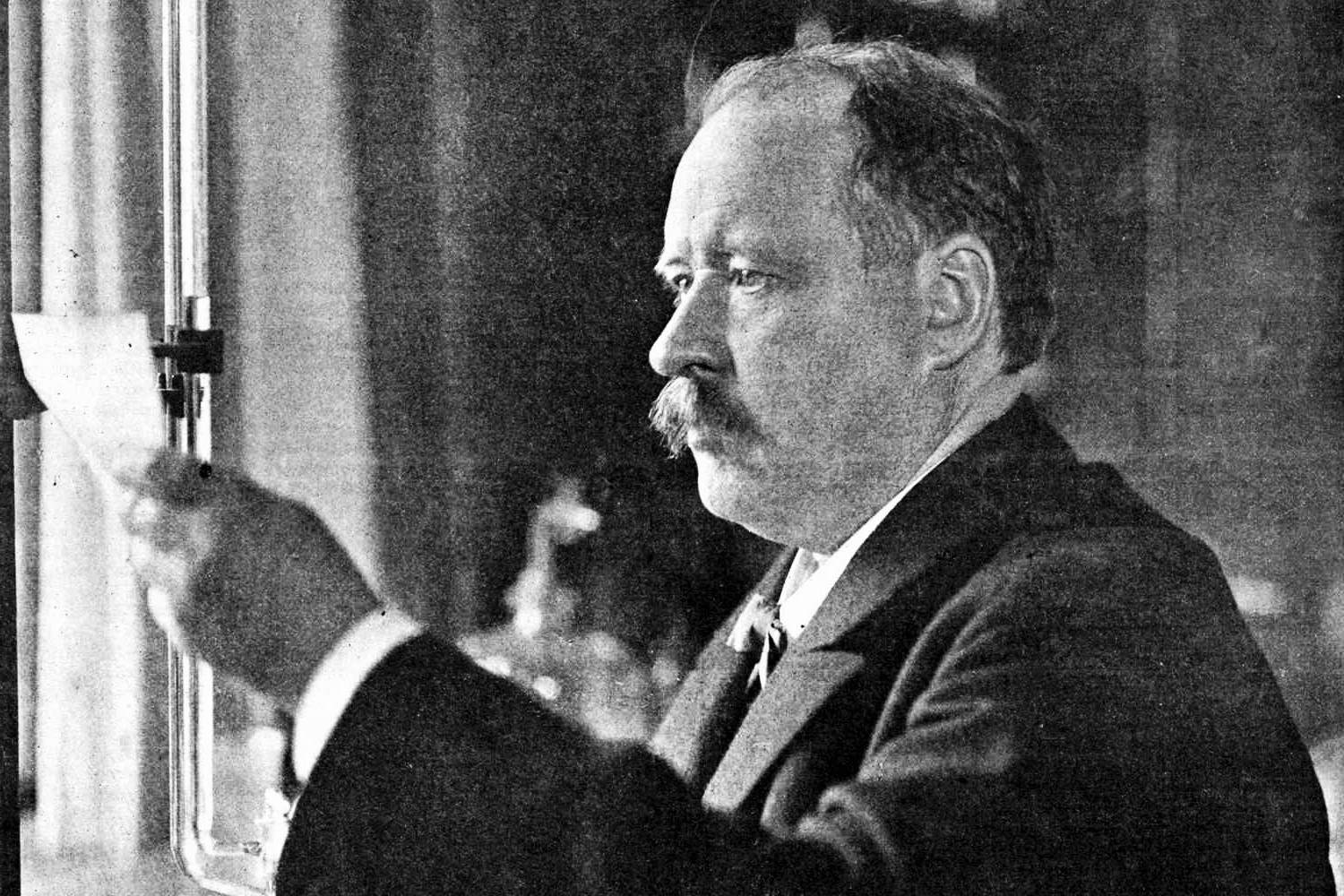
Enzyme kinetics is a fascinating field that explores how enzymes, the biological catalysts, speed up chemical reactions in living organisms. Understanding enzyme kinetics is crucial for various applications, from developing new medications to improving industrial processes. But what exactly makes this topic so intriguing? Enzyme kinetics involves studying the rates of enzyme-catalyzed reactions, how different factors affect these rates, and the mechanisms behind enzyme activity. By learning about enzyme kinetics, we can gain insights into how our bodies function at a molecular level and how we can manipulate these processes for beneficial outcomes. Ready to dive into some intriguing facts about enzyme kinetics? Let's get started!
What is Enzyme Kinetics?
Enzyme kinetics studies how enzymes bind to substrates and turn them into products. This field helps us understand how enzymes work, which is crucial for many biological processes.
-
Enzymes are biological catalysts: They speed up chemical reactions without being consumed in the process.
-
Active site: The region on the enzyme where the substrate binds is called the active site.
-
Substrate specificity: Enzymes are highly specific, meaning they only bind to specific substrates.
Key Concepts in Enzyme Kinetics
Understanding enzyme kinetics involves several key concepts that explain how enzymes function and how their activity can be measured.
-
Michaelis-Menten equation: This equation describes the rate of enzymatic reactions by relating reaction rate to substrate concentration.
-
Km (Michaelis constant): Km is the substrate concentration at which the reaction rate is half of its maximum value (Vmax).
-
Vmax: The maximum rate of an enzyme-catalyzed reaction when the enzyme is saturated with substrate.
Factors Affecting Enzyme Activity
Several factors can influence how well an enzyme works. These factors can either increase or decrease enzyme activity.
-
Temperature: Enzyme activity typically increases with temperature up to a point, after which it decreases due to denaturation.
-
pH levels: Each enzyme has an optimal pH range where it functions best.
-
Inhibitors: Molecules that decrease enzyme activity by binding to the enzyme, either at the active site or elsewhere.
Types of Enzyme Inhibition
Inhibition can be reversible or irreversible, and it plays a significant role in regulating enzyme activity.
-
Competitive inhibition: Inhibitors compete with the substrate for binding to the active site.
-
Non-competitive inhibition: Inhibitors bind to a different part of the enzyme, changing its shape and function.
-
Uncompetitive inhibition: Inhibitors bind only to the enzyme-substrate complex, preventing the reaction from completing.
Enzyme Kinetics in Medicine
Enzyme kinetics has practical applications in medicine, particularly in drug development and disease treatment.
-
Drug design: Understanding enzyme kinetics helps in designing drugs that can inhibit or activate specific enzymes.
-
Disease diagnosis: Abnormal enzyme activity can indicate certain diseases, making enzyme kinetics useful in diagnostics.
-
Therapeutic enzymes: Some treatments involve using enzymes to replace or supplement deficient ones in patients.
Experimental Techniques in Enzyme Kinetics
Various methods are used to study enzyme kinetics, each providing different insights into enzyme behavior.
-
Spectrophotometry: Measures changes in light absorption to monitor reaction progress.
-
Chromatography: Separates and analyzes components of a mixture, useful for studying enzyme-substrate interactions.
-
Electrophoresis: Separates molecules based on size and charge, helping to identify enzyme forms and activity levels.
Final Thoughts on Enzyme Kinetics
Enzyme kinetics isn't just for scientists. Understanding how enzymes work can help in everyday life, from knowing how your body digests food to how medicines work. Enzymes speed up reactions, making life possible. They have specific conditions where they work best, like temperature and pH. Inhibitors can slow them down or stop them, which is useful in medicine. Enzyme kinetics also plays a role in industries like brewing and cheese-making. Knowing these facts can make you appreciate the tiny but mighty enzymes that keep everything running smoothly. So next time you hear about enzymes, you'll know they're not just a science topic but a part of daily life. Keep exploring, and you'll find even more fascinating details about these incredible molecules.
Was this page helpful?
Our commitment to delivering trustworthy and engaging content is at the heart of what we do. Each fact on our site is contributed by real users like you, bringing a wealth of diverse insights and information. To ensure the highest standards of accuracy and reliability, our dedicated editors meticulously review each submission. This process guarantees that the facts we share are not only fascinating but also credible. Trust in our commitment to quality and authenticity as you explore and learn with us.


